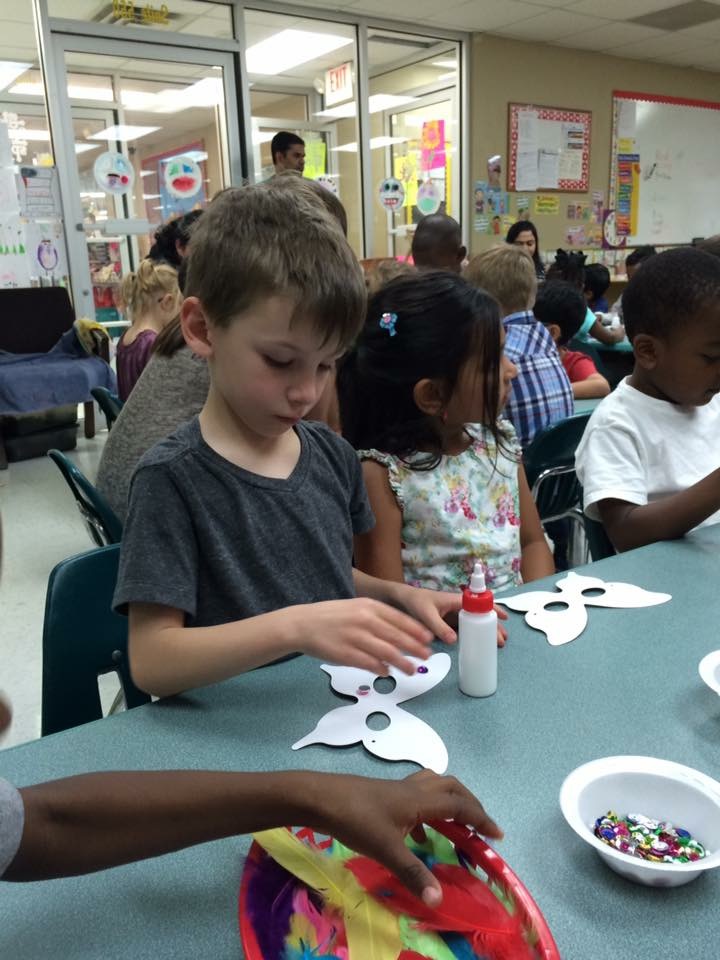Directions are difficult to follow for some children and some adults. And, most all children have difficulty following directions or rules some of the time. However, most adults choose not to follow instructions. Adults do not focus or choose to read instructions. Therefore, they choose not to follow directions. Children follow what adults teach and model. So, children learn what the live.
Why Children Can’t Follow Directions
At times, some children simply choose to ignore directions. There are learning and attention problems that make it difficult for children to follow or to understand instructions. ADHD or Language Issues are two that make following instruction difficult. These are instances where children aren’t ignoring what to do, they really don’t know. Other children have a weak working memory and can’t remember more than one thing at a time. And, there are some children that have a difficult time with the tone of one’s voice and/or body language to understand oral directions.
Directions Made Easy
To teach children the skill of following instructions, there are a few simple steps.
• Speak softly and be precise on what is to be done.
• Give one step at a time.
• Have children repeat what was said.
• Avoid distractions.
• Tell children rather than ask.
• Provide visual clues if possible.
• Model.
Life skills are important to learn and following directions is one that is valuable. But, some believe in choice. Adults and children always have a choice when it comes to following instructions or to create a new path. It’s great to be creative but, through instruction, lasting experiences occur. By following instructions, children require humility and good listening skills. It gives clarity for creation and enables the ability to learn and grow academically. By constantly refusing to follow directions, today’s world becomes chaotic. As said by Nigel Hems, “It is far better to follow instructions than to have no instruction at all.”
![]()



